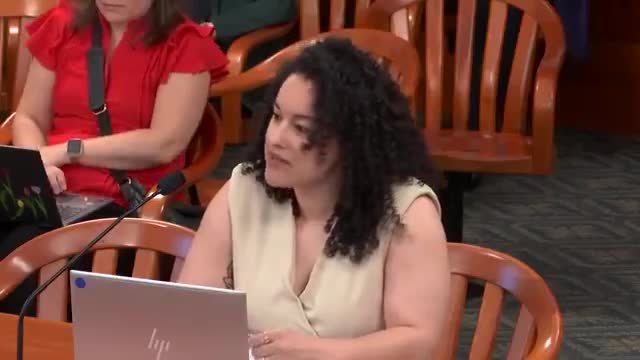Michigan Tobacco Settlement Funds Allocate $245M for Health Programs and Detroit Retirement
June 04, 2025 | 2025 House Legislature MI, Michigan
Thanks to Scribe from Workplace AI , all articles about Michigan are free for you to enjoy throughout 2025!

This article was created by AI using a video recording of the meeting. It summarizes the key points discussed, but for full details and context, please refer to the video of the full meeting. Link to Full Meeting
One of the major beneficiaries of this funding is the 21st Century Jobs Fund, which is allocated $75 million to support business attraction, community revitalization, and entrepreneurship. This initiative aims to bolster local economies and create job opportunities, addressing the needs of residents seeking employment and economic growth.
Additionally, the committee highlighted the importance of the Healthy Michigan Fund, which receives 3.75% of tobacco tax proceeds. This fund is crucial for supporting health and quality of life programs across the state. Notably, 50% of the Healthy Michigan Fund is dedicated to smoking prevention programs, including the expansion of resources like the free smokers' quit kit, nicotine patches, and gum. These efforts are vital in combating smoking-related health issues within the community.
The meeting also discussed the Merit Award Trust Fund, which is expected to receive $58.8 million in fiscal year 2025. This fund is specifically allocated for public health services, including respite care programs for aging populations. The committee emphasized the importance of these funds in maintaining and improving health services for Michiganders.
As the meeting concluded, the discussions underscored the ongoing commitment of the Michigan Legislature to utilize tobacco settlement revenues effectively. The focus remains on enhancing public health initiatives and supporting economic stability, ensuring that the benefits of these funds reach the communities that need them most. The next steps will involve monitoring the allocation and impact of these funds as they are distributed throughout the fiscal year.
Converted from Appropriations: Subcommittee on Public Health - 6/3/2025 meeting on June 04, 2025
Link to Full Meeting
Comments
View full meeting
This article is based on a recent meeting—watch the full video and explore the complete transcript for deeper insights into the discussion.
View full meeting